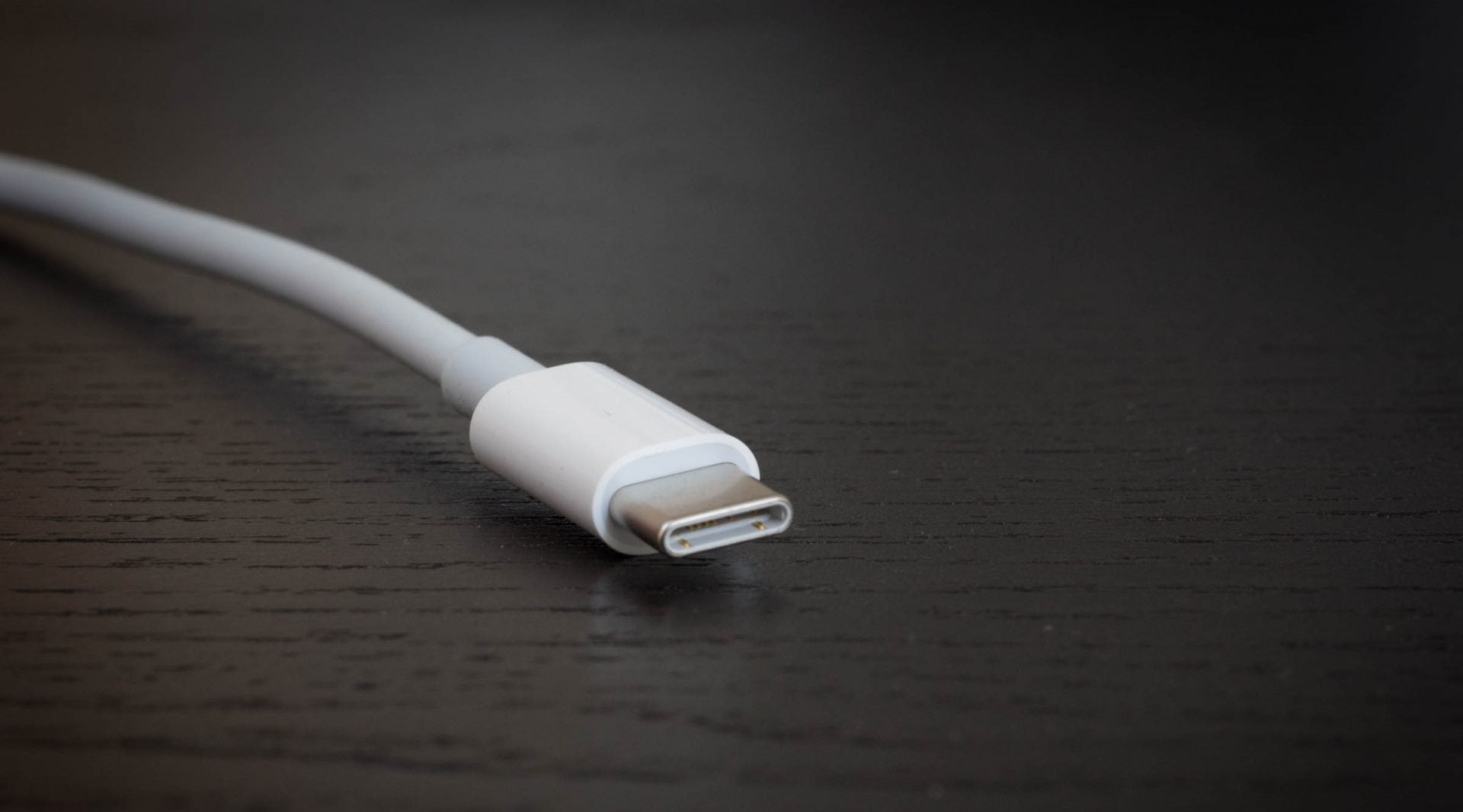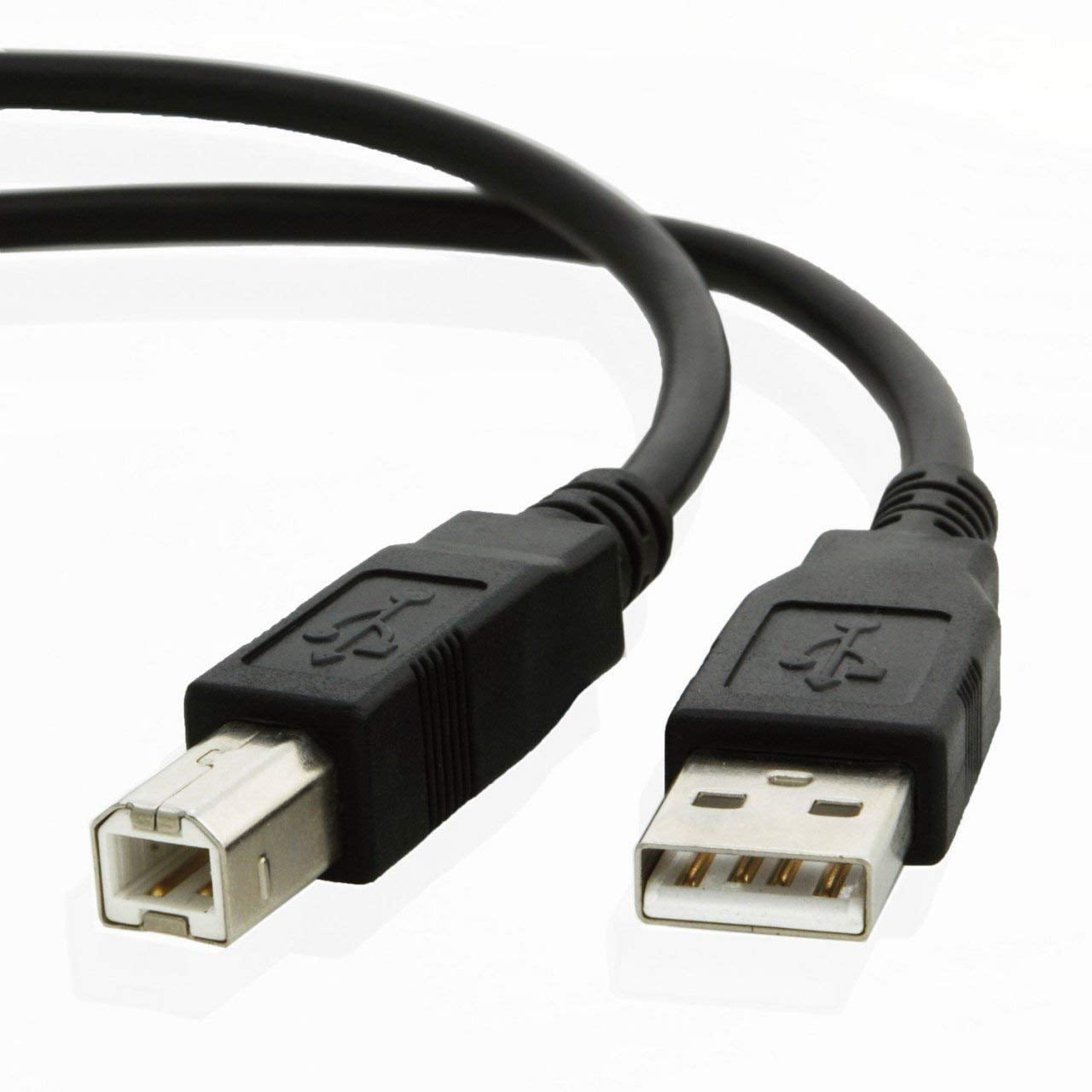
A common example would be a mobile phone, which can act as both a mass storage device itself and a USB reader for importing data from external peripherals. It is also worth noting that many device types also now support a newer standard called USB On-The-Go (USB OTG), which enables certain products to switch between host and device roles. PCB USB connectors and related components are cheap to buy, and easy to mount in a variety of ways including panel, surface, through-hole, and cable mount. In short, almost every device that includes a PCB (printed circuit board) will likely have at least one type of USB port on it somewhere. Today, you will find USB connections in almost all types of electronics and communications hardware, from laptops and mobile phones to printers, microphones and headphones, and even cars. In their place, USB interface connectors have quickly become a near-ubiquitous feature. While many older port types are still in widespread use today (especially for legacy hardware), fewer new peripherals are being manufactured that rely on them. USB ports and plugs were developed to simplify the process of connecting multiple different USB devices and peripherals to computers. This is shown in the chart below: USB GenerationĤ0 Gbit/s (SuperSpeed+ and Thunderbolt 3) The main difference between older and newer USB generations is the speed at which they can transfer data between one device and another. You will often see these referred to as USB gen 1, USB gen 3, and so on.īetween these four generations and the various shapes and types of USB connector available, we now have quite a wide range of USB port and socket standards available to choose from. To date, there have been four main generations of USB released: USB 1.x (which had various subcategories), USB 2.0, USB 3.x (again, with subcategories), and USB 4. The body responsible for developing, maintaining, and updating the USB standard is called the USB Implementers Forum, or USB-IF.
Usb connector types serial#
Examples you might be familiar with include multiple versions of serial ports, D-Sub, and parallel ports.

Before this, there was a much wider variety of different connectors commonly used for linking PCs and compatible hardware. USB stands for Universal Serial Bus, a common standard launched in 1996.

Once coupled in this way, the two devices can share both power and data over their common USB connection. Female USB connectors allow the male part of a USB cable or plug to be inserted into any compatible device.


 0 kommentar(er)
0 kommentar(er)
